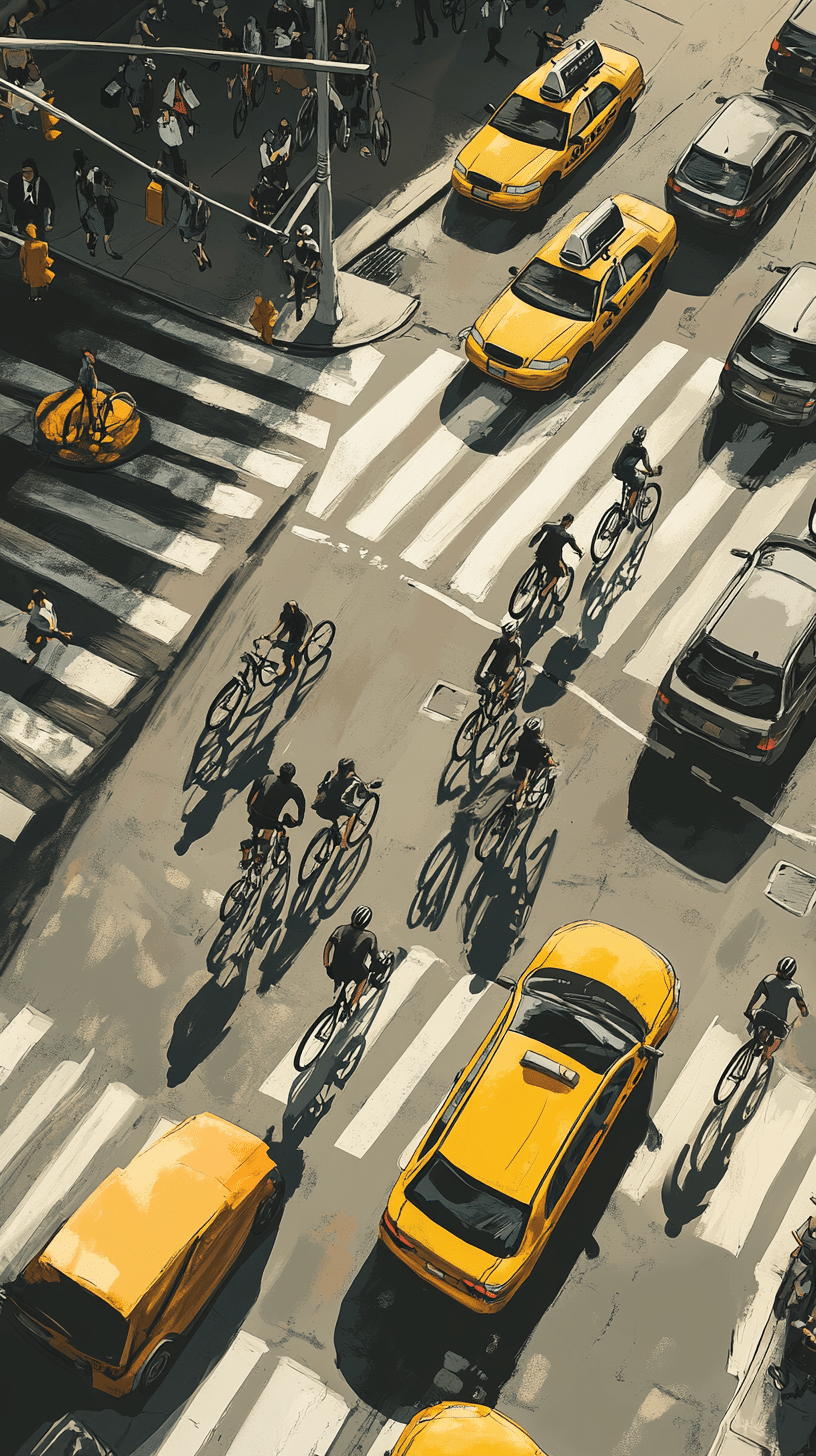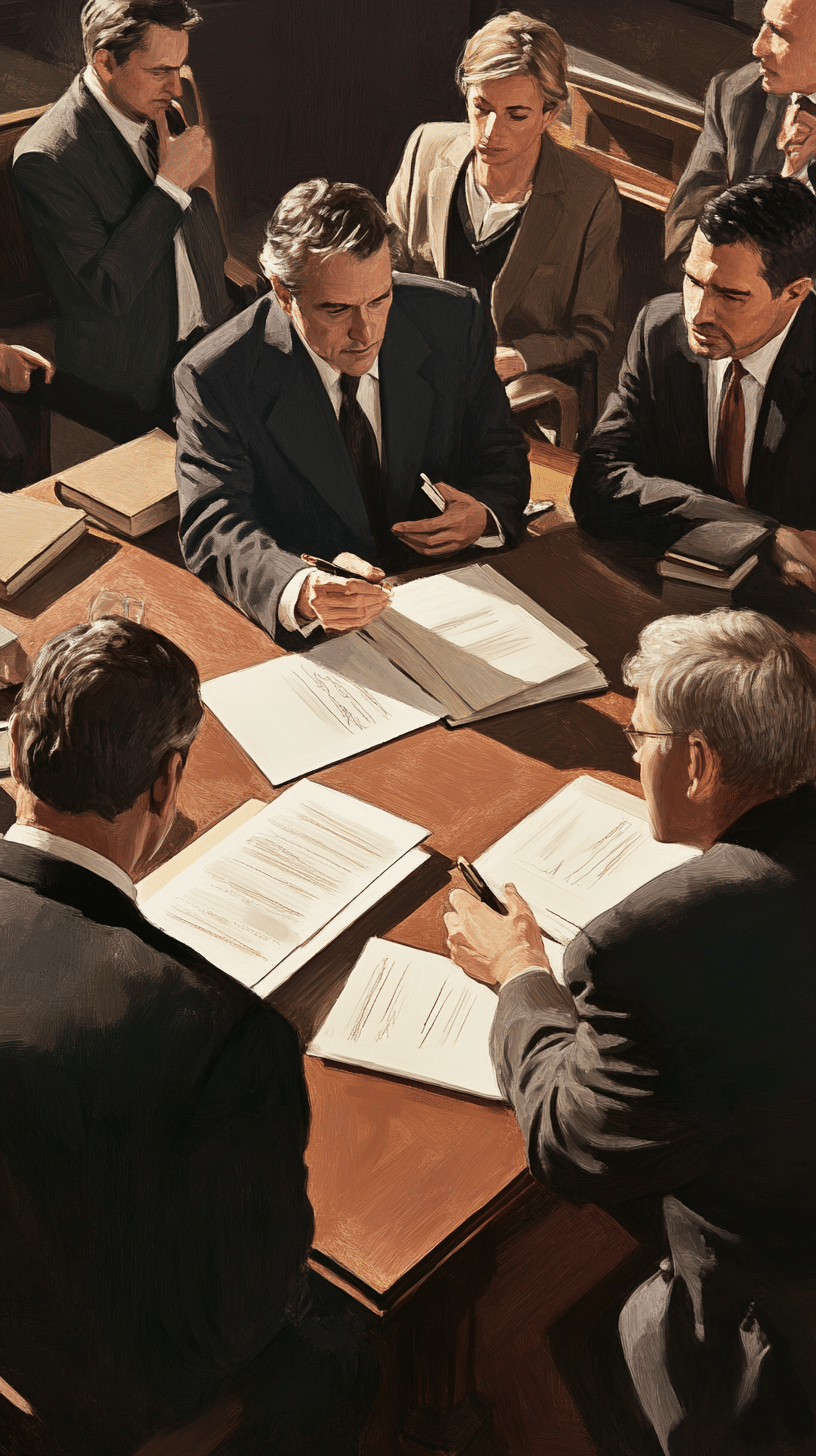Linton v Nawaz, 2010 NY Slip Op 02835 (2010)
“[t]he evidence plaintiff proffered relating to injuries to his right shoulder and lumbosacral spine raised a triable [*2]question of fact as to whether he suffered a serious injury that was causally related to the accident under the permanent consequential limitation of use of a body organ or member and/or significant limitation of a body function or system criteria (see Insurance Law § 5102[d]). Since plaintiff established that at least some of his injuries meet the “No Fault” threshold, it is unnecessary to address whether his proof with respect to other injuries he allegedly sustained would have been sufficient to withstand defendants’ motion for summary judgment.”
In the context of this 5102(d) action, once a plaintiff raises an issue of fact as to any of the pleaded threshold categories, the defendant’s motion must be categorically denied. This case seems to direct the lower courts to stop using CPLR 3212(g) to limit the proof that may be adduced at trial to support a threshold case. DG over in CPLR land discussed the First Department case of Rubin v SMS Taxi Corp., 2010 NY Slip Op 02414 (1st Dept. 2010) where the Appellate Division held that once an issue of fact exists as to any of the threshold categories, the inquiry should stop at that point. This is because: “once an alleged claim meets at least one of the serious injury thresholds, the statute’s gate keeping function, to reduce caseloads by limiting what the courts adjudicate, is satisfied. As the case is already in the gate, so to speak, judicial economy is no longer a reason to preclude plaintiff from presenting to the jury all injuries causally related to the accident. This comports with the general principle that a plaintiff is entitled to recover damages that justly and fairly compensates him or her for all injuries proximately caused by the accident.”
Procedurally, the newest issues involving 5102(d) are quite intriguing.












